budgeting
thecityman, Zone 7a/6b near Nashville
10 years ago
Related Stories
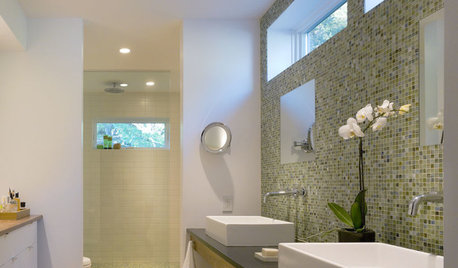
REMODELING GUIDESWhat to Know About Budgeting for Your Home Remodel
Plan early and be realistic to pull off a home construction project smoothly
Full Story
BUDGETING YOUR PROJECTHouzz Call: What Did Your Kitchen Renovation Teach You About Budgeting?
Cost is often the biggest shocker in a home renovation project. Share your wisdom to help your fellow Houzzers
Full Story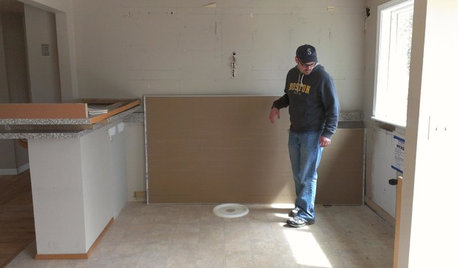
KITCHEN DESIGNStylish New Kitchen, Shoestring Budget: See the Process Start to Finish
For less than $13,000 total — and in 34 days — a hardworking family builds a kitchen to be proud of
Full Story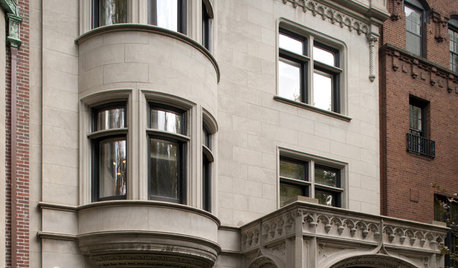
REMODELING GUIDES8 Ways to Stick to Your Budget When Remodeling or Adding On
Know thyself, plan well and beware of ‘scope creep’
Full Story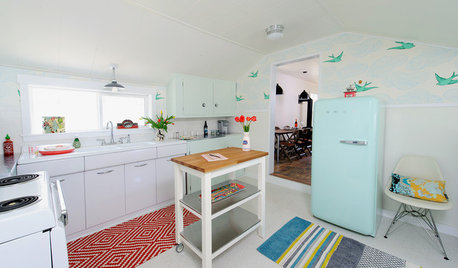
KITCHEN DESIGNKitchen of the Week: A Cottage-Chic Kitchen on a Budget
See how a designer transformed her vacation cottage kitchen with salvage materials, vintage accents, paint and a couple of splurges
Full Story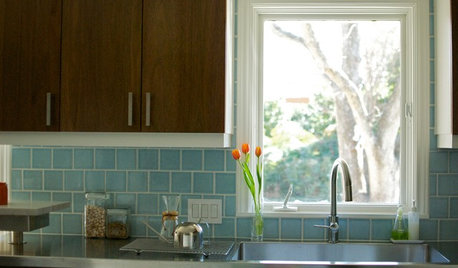
KITCHEN DESIGNKitchen of the Week: Practical, Budget-Friendly Beauty in Dallas
One month and a $25,000 budget — see how a Texas homeowner modernized her kitchen beautifully working with those remodeling constraints
Full Story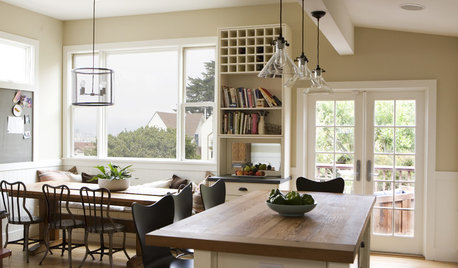
BUDGET DECORATINGBudget Decorator: 15 Ways to Update Your Kitchen on a Dime
Give your kitchen a dashing revamp without putting a big hole in your wallet
Full Story
HOUZZ TOURSMy Houzz: Budget-Friendly Bohemian Ranch in Dallas
A resourceful owner uses vintage finds and homemade pieces to create a cozy home full of love and imagination in Texas
Full Story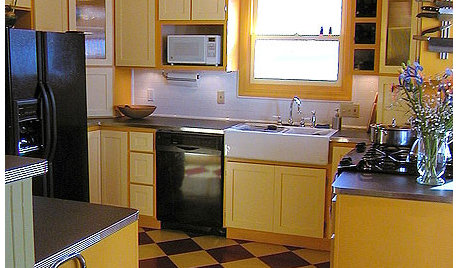
KITCHEN DESIGNKitchen Remodel Costs: 3 Budgets, 3 Kitchens
What you can expect from a kitchen remodel with a budget from $20,000 to $100,000
Full Story
BATHROOM DESIGNBudget Bathrooms Brim With Style
Get a high-end look for your bathroom at low-end prices by splurging in a few small ways
Full Story






mrsg47
olpea
Related Professionals
Fort Lee Landscape Architects & Landscape Designers · Wixom Landscape Architects & Landscape Designers · Bristol Landscape Contractors · Concord Landscape Contractors · Dedham Landscape Contractors · Eagle Landscape Contractors · Englewood Landscape Contractors · Federal Way Landscape Contractors · Fuquay-Varina Landscape Contractors · Fuquay-Varina Landscape Contractors · Middletown Landscape Contractors · North Chicago Landscape Contractors · North Ridgeville Landscape Contractors · Ocoee Landscape Contractors · Tinton Falls Landscape Contractorsthecityman, Zone 7a/6b near NashvilleOriginal Author
jagchaser
jagchaser
thecityman, Zone 7a/6b near NashvilleOriginal Author
RobThomas
thecityman, Zone 7a/6b near NashvilleOriginal Author
olpea
thecityman, Zone 7a/6b near NashvilleOriginal Author
olpea
mamuang_gw
jagchaser
olpea
thecityman, Zone 7a/6b near NashvilleOriginal Author
jagchaser
cousinfloyd
olpea
jagchaser
olpea
cousinfloyd
jagchaser
bob_z6
olpea
jagchaser
thecityman, Zone 7a/6b near NashvilleOriginal Author
bob_z6